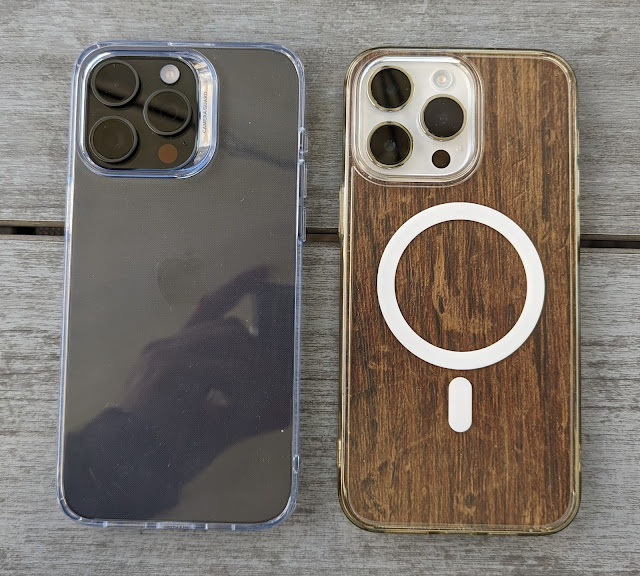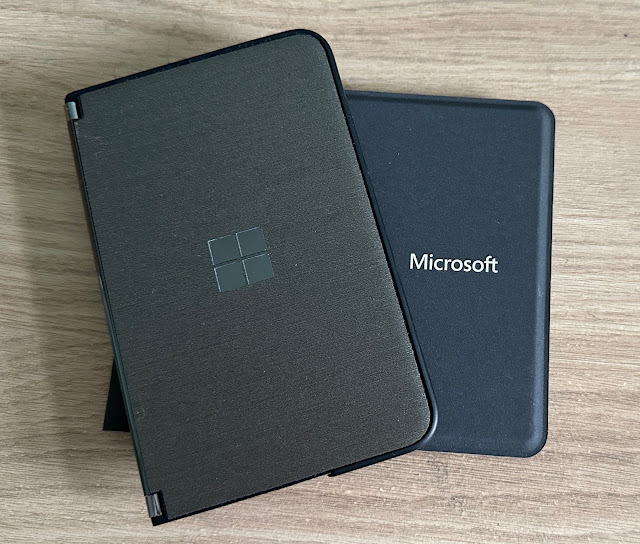Stop with the folding screens! Just stop. They're NOT the future...
YouTube has popped up several hands-on videos with Huawei’s latest (and rather mis-labelled, if you examine the form factor) 'tri-fold' Mate XT, officially only available in China so far, but several people have paid stupid money, up to $5000, to get a sample.
The Mate XT has two hinges, one inward and one outward, meaning that one 'edge' of the phone has a fragile plastic display crease exposed to the world permanently. I know, I know, the geek dream of a phone which magically expands into a tablet is oh so cool. But physics is heavily against it. At least in the real world, away from cosy first week YouTube reviews.
Heck, physics itself is against existing folding screen phones. I’ve just about accepted that the Flip idea (as here) now works because the crease is small, because the device is always closed when not in use to protect the fragile interior, and because the purchase price is now sub-£1000 (though that's still a lot).
But the folding screen failure rate on devices like the Samsung and Pixel Folds, with a (roughly) 1 in 10,000 chance of the folding glass cracking every single time you open the device, still puts me off.
The shot below (one of many I could quote as examples) was of a one month old Pixel 9 Pro Fold - the owner opened it one day and this happened. Makes you want to cry, doesn't it!
Fold users rightly say that the failure risk is worth accepting providing you also take out phone breakage insurance - and if you had a business-critical need for a Fold then sure, go ahead, buy and stay covered. But Folds were niche when they launched and they’ll remain niche. Forever. (Market penetration at the end of 2024 is still less than 2%, six years after folding screens debuted.)
You see, there have been plenty of phone innovations over the years, hardware ideas that started niche but which were such a good idea that they quickly became part of mainstream phone design. Capacitive screens, oversampling camera sensors, stereo speakers, biometric access, even wireless charging. (And Qi2, i.e. MagSafe v2 is getting there, with more and more magnet-aligned accessories.)
But plastic-covered, folding glass displays aren’t in that league. Innovative (i.e. something new) they might be, but physics dictates that they will never have a mainstream future. Never. Folding, ultra-thin glass, covered by super-vulnerable plastic is just inherently a terrible idea for a device that goes in pockets and bags and taken everywhere with you, dropped once a month, gets splashed and prodded and knocked.
Now amplify that tenfold for a permanently exposed plastic, folded edge, as on the Mate XT, with zero water protection, zero dust protection, and always vulnerable. So... Huawei, Samsung, Vivo, OnePlus, just stop with the large folding screens. Really. Just stop.
PS. I do think that it’s significant that Apple hasn’t made a device with a folding screen yet. If they ever do, it’ll be a Flip style and even then it’ll come with a compulsory year’s Apple Care.
PPS. If you like my work then think about buying me a beer at paypal.me/stevelitchfield - thanks!




Comments